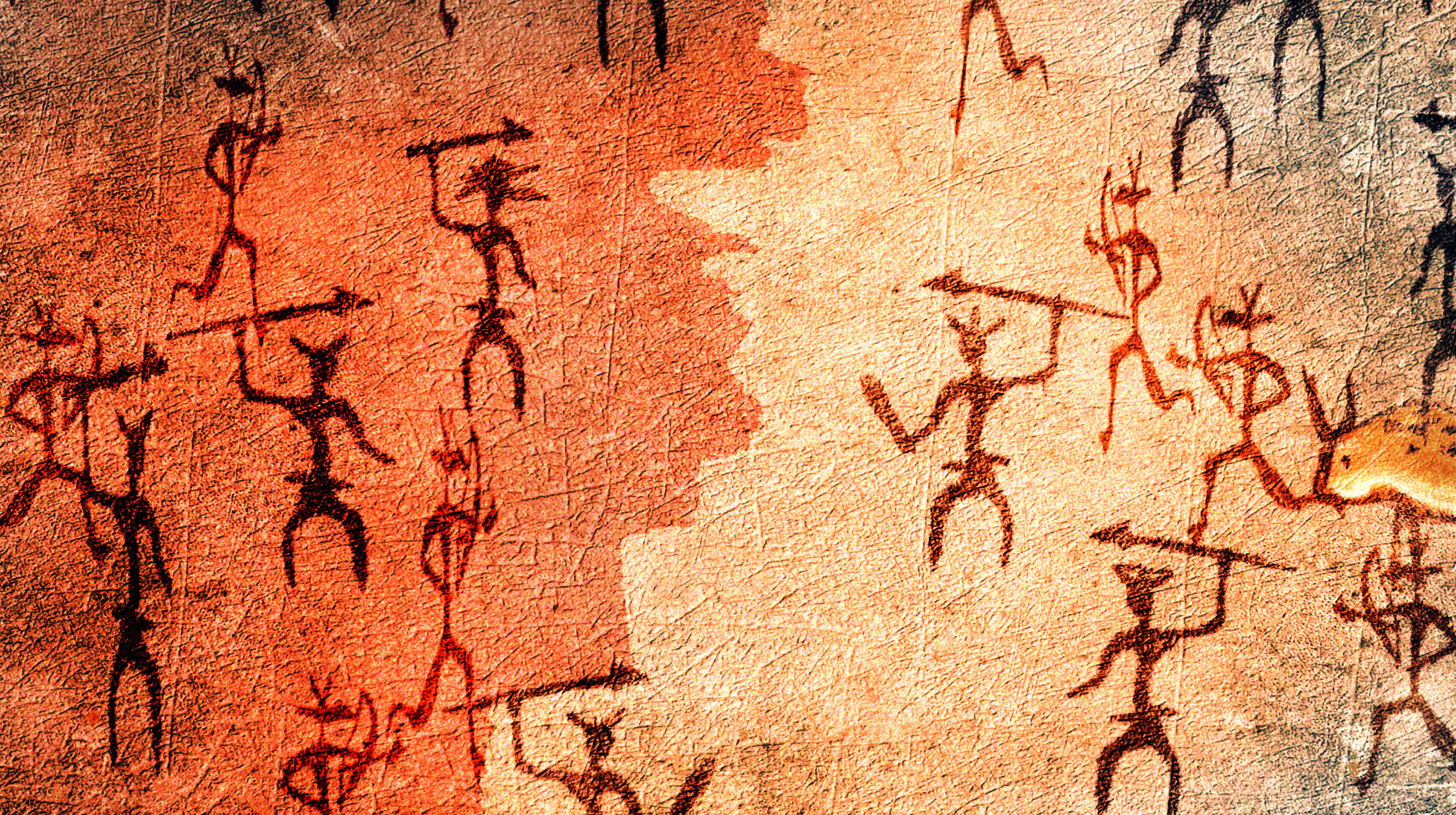‘Muscular bonding’: The strange psychological effects of moving together

Credit: yoemll via Adobe Stock
- Muscular bonding, a term coined by the veteran and historian William McNeill, describes how individuals engaged in synchronous movement often experience feelings of euphoria and connection to the group.
- Psychologists have proposed that muscular bonding, or interpersonal entrainment, is a group-level adaptation that helped early human groups outcompete other groups.
- Muscular bonding can help people form cohesive groups, but it could come at cost.
Humans have a penchant for moving together in unison. From ancient cultures dancing around campfires to modern armies marching in lockstep, synchronized movement often emerges in groups, even when there’s no obvious benefit. But why?
In his 1995 book “Keeping Together in Time: Dance and Drill in Human History“, historian and veteran William McNeill recalled the strange, euphoric feelings he experienced while participating in military drills as a young man:
“Marching aimlessly about on the drill field, swaggering in conformity with prescribed military postures, conscious only of keeping in step so as to make the next move correctly and in time somehow felt good.”
McNeill noted that military drills seem utterly “useless” in the modern context. After all, soldiers no longer arrange themselves in tight columns to fire muskets at each other in volley fire-style attacks. Yet incessant drilling has remained a fundamental part of military culture.
McNeill thought there was more to drilling than meets the eye, something beyond forcing soldiers into compliance and conformity. He called it “muscular bonding.” The term describes how individuals engaged in synchronous movement experience feelings of euphoria and connection to the group.
This phenomenon, McNeill said, is “far older than language and critically important in human history, because the emotion it arouses constitutes an indefinitely expansible basis for social cohesion among any and every group that keeps together in time.”
Since McNeill first described muscular bonding, researchers have been trying to better understand the phenomenon and how it affects group dynamics. In the book “The Righteous Mind: Why Good People Are Divided by Politics and Religion”, the social psychologist Jonathan Haidt proposed a bold hypothesis: muscular bonding serves as a kind of “switch” that, when activated, helps individuals transcend selfishness to act in the interests of their group.
To illustrate this idea, Haidt said humans are a lot like chimpanzees (self-interested) and a bit like bees (group-interested, existing to sustain the hive). He framed muscular bonding as a “hive switch” that pushes us away from chimp-like behavior toward bee-like behaviors. This ability to “lose ourselves (temporarily and ecstatically)” would help explain why people, under the right conditions, can come together in an “all for one, one for all” mentality. It’d help explain why some soldiers sacrifice themselves in battle for the group.
Over the past two decades, psychologists have conducted various experiments on muscular bonding, also called interpersonal entrainment. These studies generally involved groups of people doing physical activities (or simply imagining them) synchronously or asynchronously, and then playing economic games with each other, or rating how much they like or trust the people with whom they’ve entrained.
A 2019 review of research on interpersonal entrainment (IPE) found that people generally report higher levels of deindividualization after engaging in IPE. In other words, they view themselves more as a group member than an individual. What’s more, some studies suggest that engaging in IPE can also increase performance in domains related to memory, attention and physical movement.
Together, the research suggests that muscular bonding helps individuals form cohesive and effective groups. It’s easy to see how this would be an advantageous group-level adaptation in human evolution: The tribe who’s better able to move together toward shared goals is likely to outcompete less coherent tribes. Then, individuals in the successful group passed down genetic traits, making future generations more likely to engage in the same kinds of cohesive behaviors. (That’s one idea, at least.)
Watch The Amazing Marine Corps Silent Drill Platoon Perform at the Sunset Paradeyoutu.be
But muscular bonding can have a dark side, too. The authors of the 2019 review noted:
“Losing oneself in the crowd can lead to behaviors that are not part of an individual’s ethical codes and moral values (e.g., aggressive acts toward members of other groups). This stems from the fact that acting for the benefit of one’s group typically means acting against the interests of competitive groups.”
Group-level risks aside, it’s worth considering how modern, urbanized society might be missing out on the ancient benefits of muscular bonding, especially in a time when surveys show that depression, anxiety, and loneliness are rising.
“It is and always has been a powerful force at work among humankind whether for good or ill,” McNeill wrote. “Our future, like our past, depends on how we utilize these modes of coordinating common effort for agreed purposes.”





